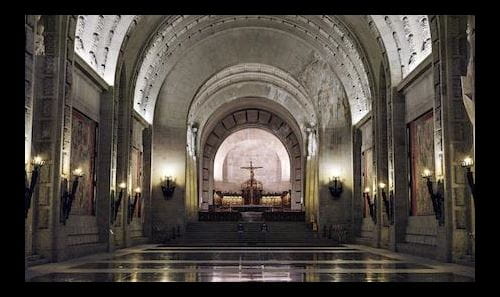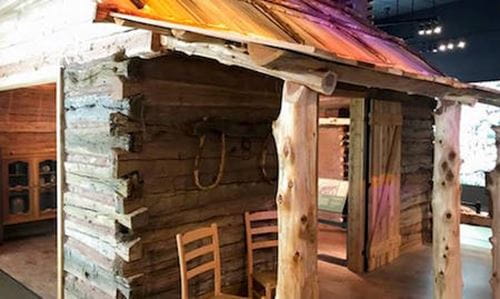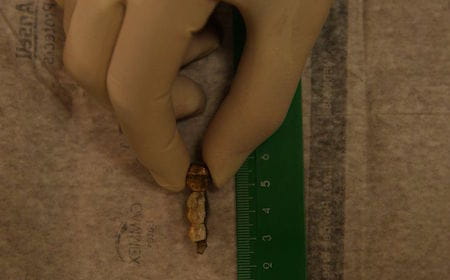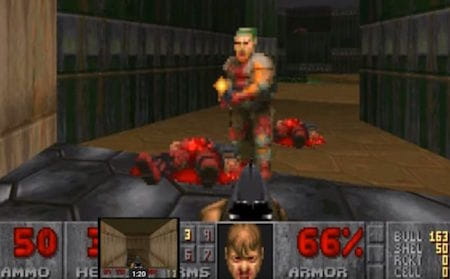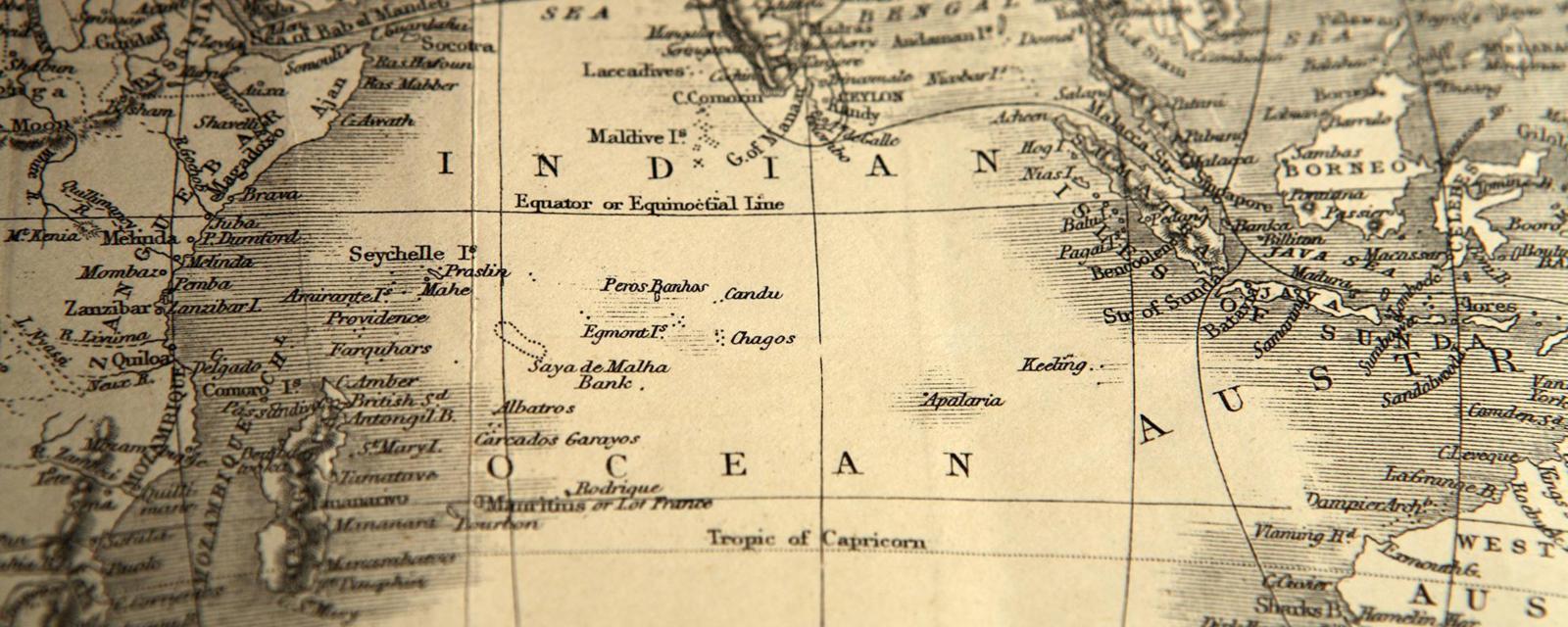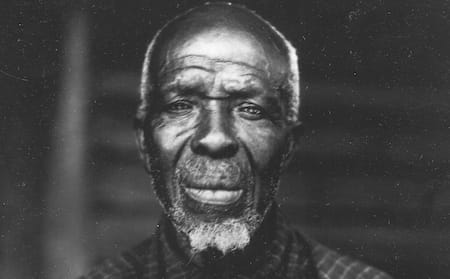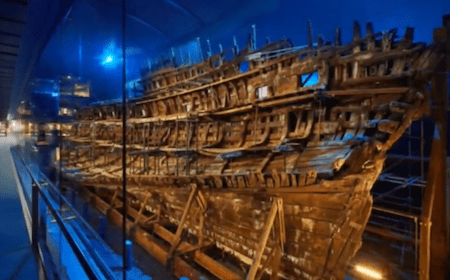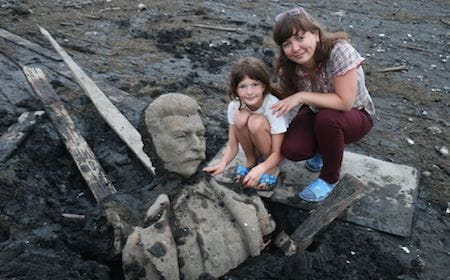Box 19529
202 University Hall
Arlington, Texas 76019
Past is Present: History in the News
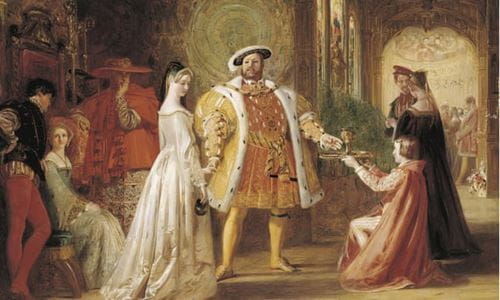
Wooden Bird bought for £75 revealed to be Anne Boleyn's - and is now worth £200,000
Course: HIST 3363 "Tudor-Stuart England, 1485-1714"
Fall 2021
It was catalogued as an “antique carved wooden bird” when it was auctioned for £75 in 2019. Now it has been identified as Anne Boleyn’s heraldic emblem, the 16th-century royal falcon that probably adorned her private apartments at Hampton Court Palace – only to be removed after Henry VIII ordered her execution and the eradication of all traces of her. Its true worth is believed to be about £200,000.
The Battle over the Memory of the Spanish Civil War
Course: HIST 4365 "History of Spain and Portugal"
Summer 2018 (11W)
Even amid the chaos of the uprising’s first hours, Manuel’s capture was a priority. In his small village of Villarroya de la Sierra, Manuel was beloved for his work as the town veterinarian, but he was also the founder of the local chapter of an anarchist labor union. It was evidence enough for a priest, Father Bienvenido Moreno, to condemn Manuel as “the cause of all the evil that has come to the people."
New San Felipe de Austin Museum Offers More Texas history
Course: HIST 3363 "Texas to 1850"
Summer 2018 (5W1)
San Felipe or San Phillip, whatever your choice, is more than just a Sealy suburb. The historic hamlet was home to the Father of Texas, Stephen F. Austin and the seat of Texas government for most of the Texas Revolution. If your detour into San Felipe were to take you into a time warp, you'd likely encounter everybody who was anybody in early-day Texas...
Hitler’s Teeth Confirm He Died in 1945
Course:: HIST 4358 "The Third Reich, 1933-1945"
Summer 2018 (5W1)
On April 30, 1945, as Allied forces converged on the capital of Nazi Germany, Hitler killed himself inside his Führerbunker. Days later, his remains were captured by the Red Army and were subsequently locked behind the Iron Curtain for decades.
This proved fodder enough for conspiracy theorists, who wanted to argue that Hitler did not die in the bunker, but rather managed, somehow, to escape like other high-ranking Nazi officials...
Artificial Intelligence creates new levels for Doom and Super Mario games
Course:: HIST 3303 "History of Video Games"
Coming in Fall 2018!
An artificial intelligence network has designed new levels for the original Doom video game. The technique could be used to create future video games, more quickly and less expensively, researchers said.
The quest to map the mysteries of the ocean floor
Course:: HIST 4320 "Maps and Mapmakers"
Spring 2018
A history of geography and cartography with an emphasis on the development of geographical ideas and mapmaking from antiquity to the modern era.
The Last Slave Ship Survivor Gave an Interview in the 1930s. It Just Surfaced.
Course: HIST 3366 "African-American History, 1865 to the present"
Spring 2018
Roughly 60 years after the abolition of slavery, anthropologist Zora Neale Hurston made an incredible connection: She located the last surviving captive of the last slave ship to bring Africans to the United States.
Putin emphasizes Russia’s domestic challenges as he launches another, and perhaps final, term
Course: HIST 4362 "Russia and the Successor States Today"
Spring 2018
The metamorphosis of the Communist Party and the current political philosophies of the post-Soviet states. Examination of attitudes and self-perceptions of citizens of these states in the post-Soviet period.
Tiny magnets will escort ions out of rare material from a shipwreck
Course: HIST 3378 "The Renaissance"
Fall 2018
In 1545, freshly refitted to carry a greater number of heavy cannon, the warship Mary Rose sailed into battle against a French fleet north of the Isle of Wight. The debate over what happened next is still heated, but the most accepted version is that the added weight of the cannons made the Mary Rose sit almost a meter lower in the water than before. When the ship made a sharp turn—or perhaps when a sudden gust of wind caught the sails—water poured into open gunports, flooding the ship. Nets in place over the deck, meant to repel enemy boarders, ended up trapping more than 500 sailors aboard as the ship went down.
Swamp Thing: Stalin statue emerges, forcing town to confront its past
Course: HIST 4382 "Stalinism: Culture & Civilization"
Fall 2018
In 1545, freshly refitted to carry a greater number of heavy cannon, the warship Mary Rose sailed into battle against a French fleet north of the Isle of Wight. The debate over what happened next is still heated, but the most accepted version is that the added weight of the cannons made the Mary Rose sit almost a meter lower in the water than before. When the ship made a sharp turn—or perhaps when a sudden gust of wind caught the sails—water poured into open gunports, flooding the ship. Nets in place over the deck, meant to repel enemy boarders, ended up trapping more than 500 sailors aboard as the ship went down.
